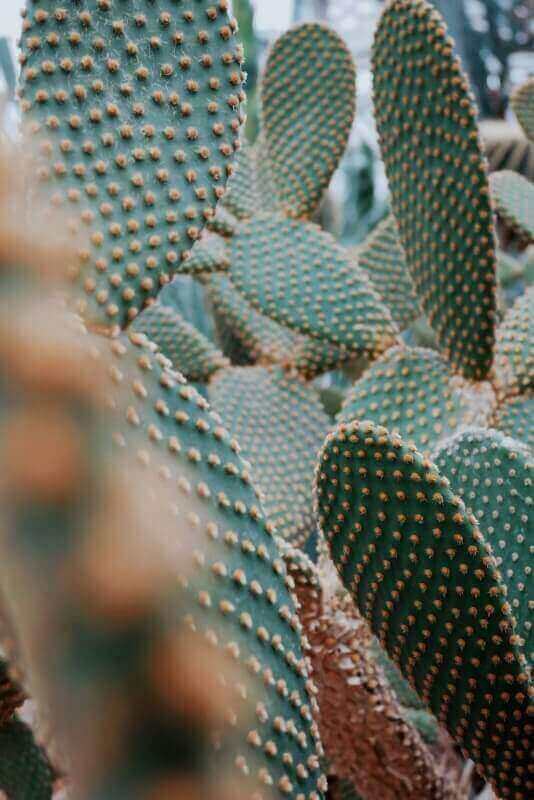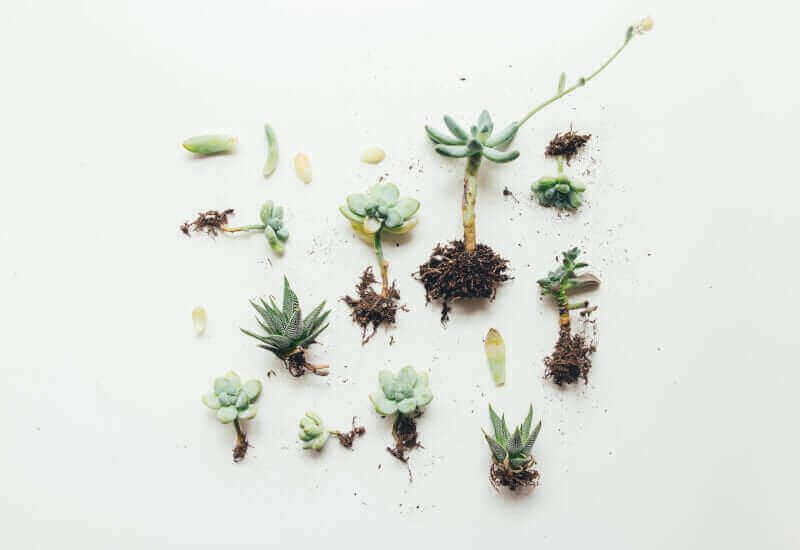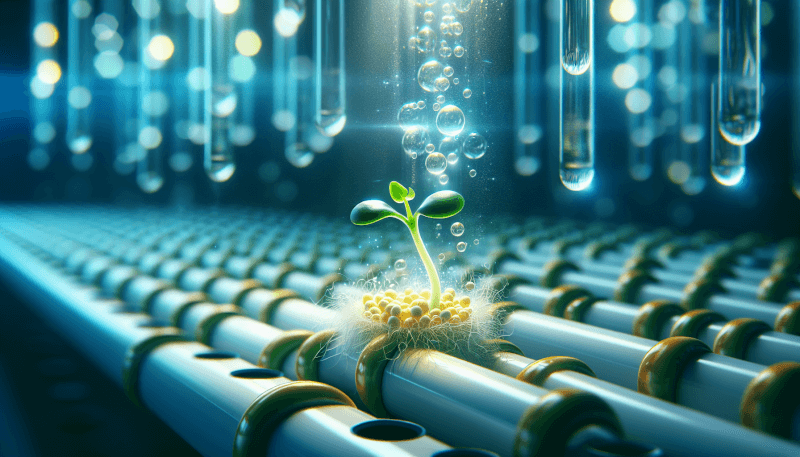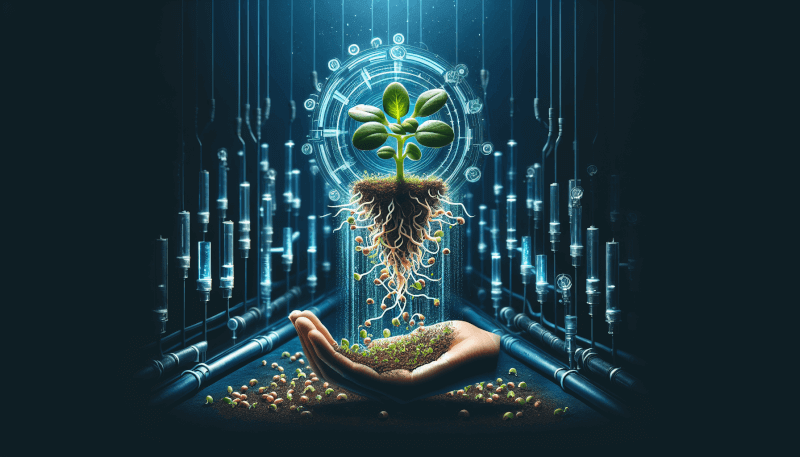👋 Click the mic button to talk to Alfred, the Todd's Seeds Gardening/Sprouting Expert – Feel free to ask him anything!
Ask Virtual Todd Anything - Click the Mic
Are you interested in exploring the world of hydroponic gardening? If so, then sprouting seeds for hydroponics is a vital step you won’t want to miss. Hydroponics, a method of growing plants without soil, has gained popularity due to its efficiency and ability to produce high yields in limited spaces. By sprouting seeds specifically for hydroponics, you can ensure optimal growth and success in your hydroponic garden. In this article, we will discuss the importance of sprouting seeds for hydroponics and provide some tips to help you get started on your hydroponic gardening journey. So, let’s dive in and discover the wonders of sprouting seeds for hydroponics!

Choosing Seeds for Hydroponics
When it comes to choosing seeds for your hydroponic system, there are a few factors to consider. First and foremost, you’ll want to determine the types of plants you want to grow. Are you interested in leafy greens, herbs, or maybe even some flowering plants? Different varieties of plants have different requirements, so it’s important to choose seeds that are well-suited for hydroponic growing.
Next, you’ll want to consider the germination rate of the seeds. Germination rate refers to the percentage of seeds that successfully sprout and develop into seedlings. It’s essential to select seeds with a high germination rate to ensure a successful hydroponic garden. Look for seeds that are known for their high germination rates or purchase them from reputable suppliers.
Speaking of suppliers, researching seed suppliers is another crucial step in choosing seeds for your hydroponic system. Look for suppliers that specialize in hydroponic seeds and have a good reputation. Read customer reviews and testimonials to get an idea of their seed quality and customer satisfaction. It’s also a good idea to compare prices and shipping options to ensure you’re getting the best value for your money.
Preparing Seeds for Germination
Once you’ve chosen the seeds for your hydroponic system, it’s time to prepare them for germination. This process involves a few simple steps to help kickstart the growth of your plants.
The first step is soaking the seeds. Soaking seeds in water before planting can help to soften the seed coat and promote faster germination. Fill a container with room temperature water and gently place the seeds in it, making sure they’re fully submerged. Allow them to soak for the recommended amount of time, usually anywhere from a few hours to overnight.
After soaking, it’s important to rinse the seeds thoroughly. This step removes any residue or excess debris from the soaking process. Place the seeds in a strainer or sieve and rinse them under cool, running water. Make sure to gently agitate the seeds to ensure all surfaces are cleaned.
Once the seeds are rinsed, it’s time to dry them before germination. Spread the seeds out on a clean paper towel or cloth and allow them to air dry. Avoid using any heat sources or direct sunlight, as this can damage the seeds. Once the seeds are completely dry, they’re ready for germination.

Germinating Seeds in a Hydroponic System
Now that your seeds are prepared, it’s time to germinate them in your hydroponic system. There are several methods you can choose from, depending on your preference and the specific requirements of your seeds.
One popular method is using seed trays or rockwool cubes. Fill the seed trays or cubes with a suitable growing medium, such as perlite or vermiculite. Place the prepared seeds on top of the medium, making sure they’re evenly spaced. Cover the seeds lightly with more medium and mist them with water to provide moisture for germination.
To ensure successful germination, it’s important to maintain proper temperature and humidity levels. Most seeds germinate best at temperatures between 70-80°F (21-27°C). Use a thermometer to monitor the temperature and adjust as needed. Additionally, maintaining adequate humidity is crucial for seed germination. Consider using a humidity dome or misting the seeds regularly to create a moist environment.
Transferring Germinated Seeds to Hydroponic System
Once your seeds have germinated and developed into seedlings, it’s time to transfer them to your hydroponic system. This process involves transplanting the seedlings, creating a suitable environment, and ensuring proper lighting and nutrient levels.
Transplanting seedlings involves carefully removing them from the germination trays or cubes and placing them in the hydroponic system. Gently loosen the medium around the seedlings and carefully lift them out. Make a hole in the growing medium of your hydroponic system and place the seedling in it, ensuring the roots are well-covered. Be gentle to avoid damaging the delicate roots.
Creating a suitable environment for your seedlings is essential for their growth and development. Ensure that your hydroponic system provides adequate space for the roots to grow and access water and nutrients. Consider using a suitable growing medium, such as clay pebbles or coco coir, to provide stability and support for the plants.
Proper lighting and nutrient levels are crucial for the health and growth of your seedlings. Ensure that your hydroponic system has adequate lighting to provide the necessary amount of light for photosynthesis. Consider using LED grow lights with a spectrum suitable for plant growth. Additionally, make sure your nutrient solution is properly balanced and provides all the essential elements for plant growth. Regularly monitor and adjust the nutrient levels to ensure optimal conditions.

Caring for Seedlings in a Hydroponic System
Once your seedlings are in the hydroponic system, it’s important to provide them with proper care to ensure healthy growth. This includes providing adequate light, monitoring and adjusting nutrient levels, and maintaining optimal pH and EC levels.
Adequate light is crucial for seedling growth and development. Ensure that your hydroponic system has sufficient lighting to provide the necessary amount of light for photosynthesis. LED grow lights are a popular choice for hydroponic systems due to their energy efficiency and ability to provide a specific light spectrum for plant growth. Position the lights at the appropriate distance from the seedlings to avoid burning or stunting their growth.
Monitoring and adjusting nutrient levels is key to providing your seedlings with the essential elements they need to thrive. Regularly check the pH and electrical conductivity (EC) levels of your nutrient solution. The pH level should be within the appropriate range for optimal nutrient absorption, typically between 5.5-6.5. Adjust the pH as needed using pH up or pH down solutions. The EC level measures the nutrient concentration in the solution and should be adjusted to meet the specific requirements of your plants.
Maintaining optimal pH and EC levels is essential for nutrient absorption and preventing nutrient deficiencies or toxicities in your seedlings. Regularly monitor and adjust the levels based on the specific needs of your plants. This will help ensure healthy growth and maximize the potential of your hydroponic system.
Vigilance against Pests and Diseases
Just like any garden, hydroponic systems are susceptible to pests and diseases. Implementing preventative measures, identifying and treating common pests, and addressing fungal and bacterial infections are important steps in maintaining a healthy and thriving hydroponic garden.
Implementing preventative measures can significantly reduce the risk of pests and diseases in your hydroponic system. Start by maintaining cleanliness and hygiene in your system, including regular cleaning and disinfection of equipment and components. Ensure proper ventilation to prevent excess humidity, which can create an ideal environment for diseases. Additionally, consider using physical barriers, such as mesh screens, to prevent pests from entering your system.
Identifying and treating common pests is crucial to prevent them from causing significant damage to your plants. Look out for signs of pests, such as chewed leaves, holes, or yellowing. Identify the specific pest and use appropriate treatment methods, such as organic insecticidal soaps or predatory insects, to control their population. Regularly monitor your plants for pests and take immediate action to prevent them from spreading and causing harm.
Fungal and bacterial infections can also be a challenge in hydroponic systems. These infections can lead to root rot, wilting, or other symptoms that can impair plant growth. To address fungal and bacterial infections, ensure proper ventilation and air circulation in your hydroponic setup. Avoid overwatering and provide adequate drainage to prevent water stagnation. If the infections persist, consider using organic fungicides or bactericides to treat the problem.

Harvesting and Reusing Seeds
One of the benefits of hydroponics is the ability to harvest and reuse seeds for future plantings. When it comes to harvesting seeds, timing is crucial. Determine the readiness for harvest by observing the maturity of the plants and the stage of seed development. Once the seeds are mature, carefully collect them and separate them from any remaining plant material.
Cleaning the harvested seeds is an essential step in preparing them for future use. Remove any debris or plant material by sieving or handpicking. Rinse the seeds with water to remove any remaining residue and then allow them to air dry thoroughly. Properly dried seeds should be stored in airtight containers in a cool, dark, and dry place to maintain their viability.
By harvesting and reusing seeds, you not only save money but also have the opportunity to select and cultivate plants with desirable traits. It’s a rewarding process that allows you to continue your hydroponic gardening journey and explore new varieties of plants.
Common Mistakes to Avoid
While hydroponics offers many advantages for plant growth, there are some common mistakes that beginners should avoid. These mistakes can hinder the success of your hydroponic system and potentially harm your plants. Here are a few important ones to keep in mind:
Overwatering seeds: Overwatering can lead to oxygen deprivation in the root zone and increase the risk of root rot. It’s important to find the right balance and allow the growing medium to dry out slightly between watering.
Underestimating lighting requirements: Proper lighting is essential for photosynthesis and healthy plant growth. Ensure that your hydroponic system provides adequate light intensity and duration to support your plants’ needs.
Neglecting nutrient balance: Maintaining the proper nutrient balance is crucial for plant growth and avoiding nutrient deficiencies or toxicities. Regularly monitor and adjust the nutrient levels based on the specific requirements of your plants.
By being aware of these common mistakes and taking steps to prevent them, you can increase the chances of success in your hydroponic gardening endeavors.

Conclusion
Choosing the right seeds, preparing them for germination, and ensuring their successful growth in a hydroponic system require attention to detail and careful monitoring. By considering factors such as the types of seeds, germination rate, and seed suppliers, you can give your plants a strong start. From soaking and rinsing the seeds to transferring and caring for seedlings, each step plays a crucial role in the success of your hydroponic garden. Stay vigilant against pests, diseases, and common mistakes, and you’ll be rewarded with a bountiful harvest. With proper care and maintenance, you can enjoy the benefits of hydroponics and continue to reuse seeds for future plantings, fostering a sustainable and thriving growing system. Happy growing!